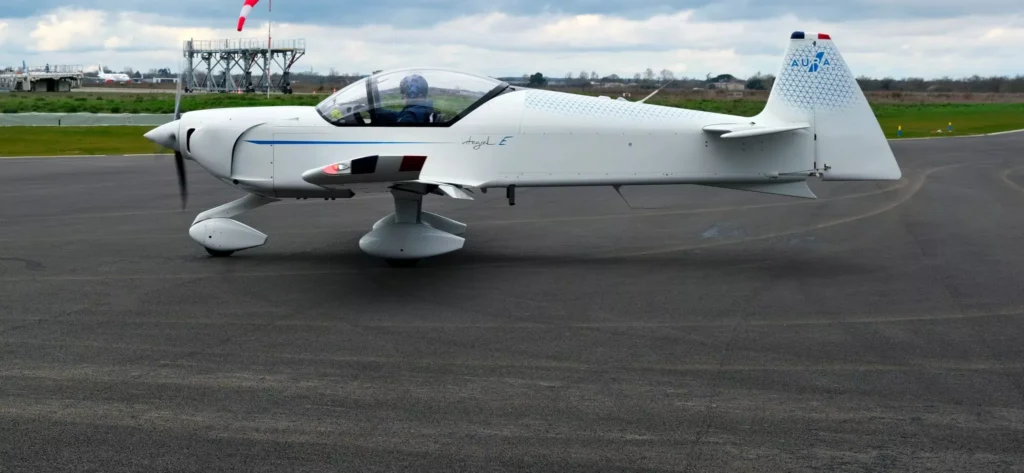Chronic Wasting Disease (CWD), a highly infectious and fatal disease affecting deer, elk, and moose populations, has re-emerged in New York State. The state Department of Environmental Conservation (DEC) recently confirmed this case, marking a concerning development in wildlife management. This is the first known case in New York since 2005, when the state implemented extensive measures to control and prevent the disease’s spread in both captive and wild populations. CWD is caused by prions—infectious, misfolded proteins—that damage the brain and nervous system of cervids and is similar in its effects to “mad cow disease” in cattle.
CWD’s Ecological and Economic Impact on New York
The hunting industry in New York, particularly for white-tailed deer, generates significant economic contributions, estimated around $1 billion annually, including various related activities such as travel, lodging, and equipment purchases. However, CWD threatens to destabilize these economic benefits. Wildlife Commissioner Basil Seggos emphasized the risk to the state’s wild deer and moose herds, stating, “New York is leading the nation in protecting our valuable deer and moose populations and ensuring our hunting and outdoor recreation economy continues to thrive.”
This risk requires not only immediate action but also long-term strategies, as CWD spreads easily through contact between infected animals and environmental contamination.
Since 2002, New York has tested over 47,000 deer statewide, maintaining stringent surveillance protocols. The DEC’s goal remains simple: prevent the spread of CWD by keeping robust testing and monitoring systems in place.
CWD Risk Minimization Plan: Policy and Prevention
To combat this re-emergence, New York’s DEC has partnered with the State Department of Agriculture and Markets and Cornell University to refine their CWD Risk Minimization Plan. This plan proposes new regulatory changes that include limiting cervid imports from areas where CWD is prevalent and banning the retail sale, possession, and use of deer or elk urine, which may carry infectious prions. In a statement from State Agriculture Commissioner Richard A. Ball, had previously noted that these measures are designed to “support efforts to protect our wildlife“
The plan further includes requirements for taxidermists and processors to dispose of cervid waste in municipal landfills, aiming to mitigate environmental contamination. Enhanced fencing requirements will separate captive cervid populations from wild populations, reducing the risk of cross-infection. Currently, penalties for non-compliance focus on adherence to existing regulations rather than introducing new financial penalties specifically for CWD, reinforcing education and compliance as primary strategies.
Public Health Concerns and CDC Recommendations
Although CWD has not been shown to affect humans, the Centers for Disease Control and Prevention (CDC) recommends caution in handling potentially infected animals and advises against consuming meat from CWD-positive animals due to possible, albeit unproven, risks. It’s essential to clarify that while the likelihood of transmission to humans remains low, CDC guidance emphasizes the need for hunters and consumers to exercise caution when handling and consuming venison from potentially infected areas.
Similar Posts
The Role of Hunters and Community Awareness
Historically, the hunting community has been an invaluable partner in wildlife management. In the case of CWD, hunters are essential allies in controlling its spread. For New York to sustain its CWD-free status in wild herds, hunters must adhere to DEC’s guidelines, including proper carcass disposal and compliance with state regulations on cervid imports and the use of deer products.
Educating the public, particularly rural communities dependent on hunting, is imperative. Effective community programs could focus on reducing CWD spread through preventive actions such as responsible carcass disposal and minimizing deer congregation sites. A coordinated effort between state agencies, hunters, and environmental organizations will enhance public understanding of CWD, helping to maintain a united front against the disease.
Insights from the CWD Symposium and the Future of Disease Management
The 4th International CWD Symposium, held in Denver, brought together leading experts to discuss the latest research and containment strategies. Research from the symposium suggests the need for continued investment in monitoring technologies and comprehensive containment strategies, which New York could adopt in its fight against CWD.
One primary lesson from the symposium was the need for immediate action and long-term planning. The scientific community’s findings remind us that prion diseases, such as CWD, do not dissipate naturally; they persist in the environment for years, remaining a potential threat even after initial control measures succeed. Therefore, any lapse in surveillance or preventative action could result in significant setbacks.
A Call to Action: Safeguarding Wildlife for Future Generations
DEC’s ongoing initiatives reflect an understanding that prevention is more cost-effective and less invasive than attempting to treat infected populations. With environmental conditions constantly changing and increasing human-wildlife interactions, vigilance against diseases like CWD must remain a priority. Long-time observers, including myself, know that short-term strategies are insufficient in the face of a disease that, once established, is almost impossible to eradicate.
For New York to protect its wildlife, it must continue improving its CWD response protocols and consider bolstering partnerships with research institutions and conservation organizations. The focus on preventative measures, including stricter regulations, education, and new research, is essential to preventing a resurgence that could devastate local economies and wildlife populations alike.
New York’s actions, if upheld with dedication, could serve as a model for other states. Protecting our wildlife from CWD is achievable, yet it requires sustained community engagement, adherence to science-based policies, and forward-looking management that accounts for the inevitable challenges of disease management in dynamic ecosystems.


















